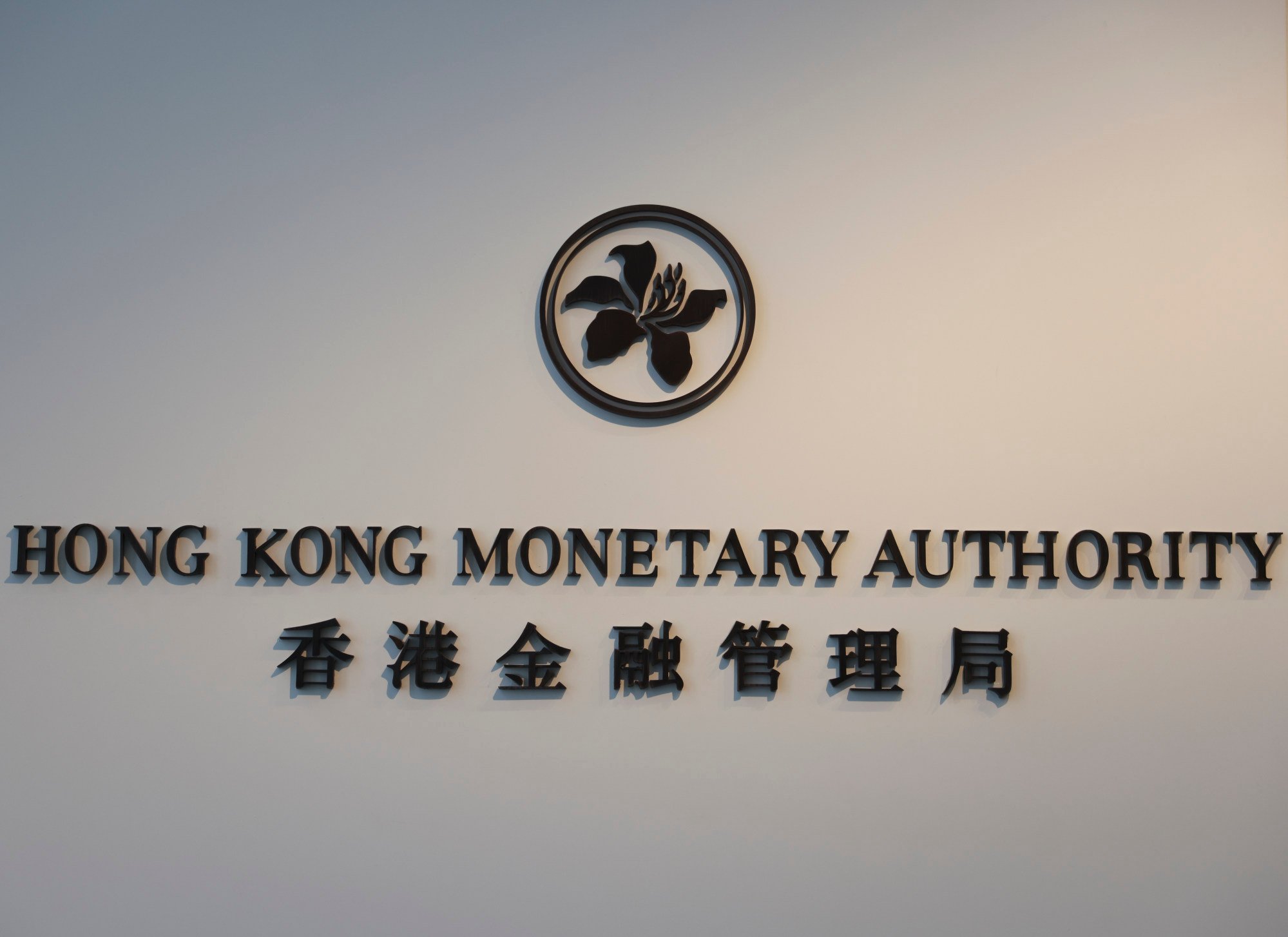
26 Feb China’s repo market: what changes are in store for banks, global bond investors
The PBOC and HKMA initiatives could facilitate the diverse use of Chinese bonds held by Bond Connect investors, such as bridging intraday funding gaps, Hui said in a written reply to the Post.

“It creates a more comprehensive ecosystem and seamless investment experience for investors accessing the onshore markets via Bond Connect and could further encourage participation in the scheme,” he added. “The gradual opening up of the onshore repo market will address offshore market players’ growing need for funding and liquidity management as they increase their allocation to the onshore bond market.
“This initiative will, for the first time, enable more foreign investors (including Bond Connect investors) to conduct onshore repo transactions to obtain liquidity at a lower cost.”
How significant are these new policies to investors eyeing mainland China and Hong Kong markets?
“Both measures point to the fact that we are able to use the bonds offshore and onshore to get more liquidity support, liquidity management and for some clients, leverage benefits,” said Lillian Tao, head of China macro and global emerging-market sales at Deutsche Bank. “When both happen at the same time, the connection between mainland China and Hong Kong is significantly more open.”
Both financial markets, now influenced by different factors, will share more common driving factors, where repo onshore liquidity will become a very big part of it, she added.
“If offshore [market] starts being very dependent on the repo market, then [China’s] monetary policy will reach offshore effectively,”she said. “When they cut rates, or reserve ratio for example, those liquidity signals will be received by the offshore stronger than before.”
What are the implications of China widening its repo market to all offshore institutional investors?
“Opening up onshore repo will be viewed as the last mile in a country’s capital account liberalisation,” said Ju Wang, head of Greater China foreign-exchange and rates strategy at BNP Paribas. “Essentially, you are opening up your money market, and currency’s funding to foreigners. That usually requires a lot less control of the currency and a much more liberal exchange-rate regime.
“If they [the regulators] are thinking in that direction, that tells you that eventually, they want a much more flexible, floating [currency] and more internationalised yuan.”
The repo-market decision is significant as it makes the Chinese yuan a true competitor to major world currencies, serving not only as a currency for trade but also for financing, said Wang.
Opening up to the wholesale funding market, after years of hesitation, indicates China is now more prepared and confident about developing the market further, said Tao of Deutsche Bank.
“The PBOC started allowing the yuan-participating banks into the repo market because banks have liquidity management needs,” she said. “Now, it will roll out to all investors: asset managers, life insurers, pension funds, sovereign firms and hedge funds.”
Can the new policies address the existing conflicts or barriers?
The existing pain point in the industry is around the limited offshore yuan (CNH) funding, according to Tao. The shorter-maturity CNH funding is mainly supported by the currency swap market from participating banks with access to the onshore yuan funding pool.
“If all offshore investors are able to access the onshore repo market, the pricing could be more aligned with the onshore funding market from the cost perspective,” Tao said. “The two measures will give offshore investors more tools to manage liquidity, run multiple bond strategies and stabilise offshore yuan funding costs.”
On the downside, China will be conflicted by its goal of maintaining a stable yuan while pushing for its greater use globally, BNP Paribas’s Wang said. This will likely take years to resolve, especially in the face of global supply-chain upheavals. Hence, much of the tonic is diluted by policy constraints, she said.
Wang also highlighted the cost of using the HKMA’s RMB Liquidity Facility, currently pegged to CNH Hibor rates that are higher than onshore interest rates. This pricing structure reduces its appeal, making it more useful in emergency liquidity situations, rather than for daily operations, she said.
In its defence, HKMA’s Hui said the RMB Liquidity Facility has many market-friendly features. For example, the intraday repo is priced at market rates (three-day moving average of overnight CNH Hibor rate) with no spread, and is charged based on per-minute usage, making it very flexible for users.
What about the legal and regulatory hurdles?
The PBOC announcement sets out a broad policy direction with supporting legal and regulatory principles when announcing its plan to widen access to the repo market. There is more detailed implementation work to be done by the relevant market infrastructures, according to Andrew Fei, a partner at law firm King & Wood Mallesons.
“One key issue is whether offshore investors can use internationally recognised master agreements to document their repo transactions in the onshore market,” he said. Some foreign investors may not be familiar with existing Chinese-language onshore master repo agreements, while many are seeking advice on the enforceability of “close-out netting” for repos in the onshore market.
The PBOC and HKMA will also need to clarify how Bond Connect investors can access the onshore bond repo market.
“These investors currently access the onshore bond market via offshore accounts established in Hong Kong,” Fei added. “They do not have onshore bond or cash accounts, so they may need to rely on some market infrastructure linkages to access the onshore bond repo market.”
What is next?
The inclusion of Chinese government bonds and policy bank bonds as eligible collateral is a step forward in promoting them in the international markets and strengthening Hong Kong’s unique role in connecting mainland China and global markets through the Connect schemes, Hui said.
“We will continue to explore more use cases, for instance, the use of onshore bonds as margin in transactions under the northbound trading of Swap Connect and as margin in offshore treasury bond futures trading,” he said.
